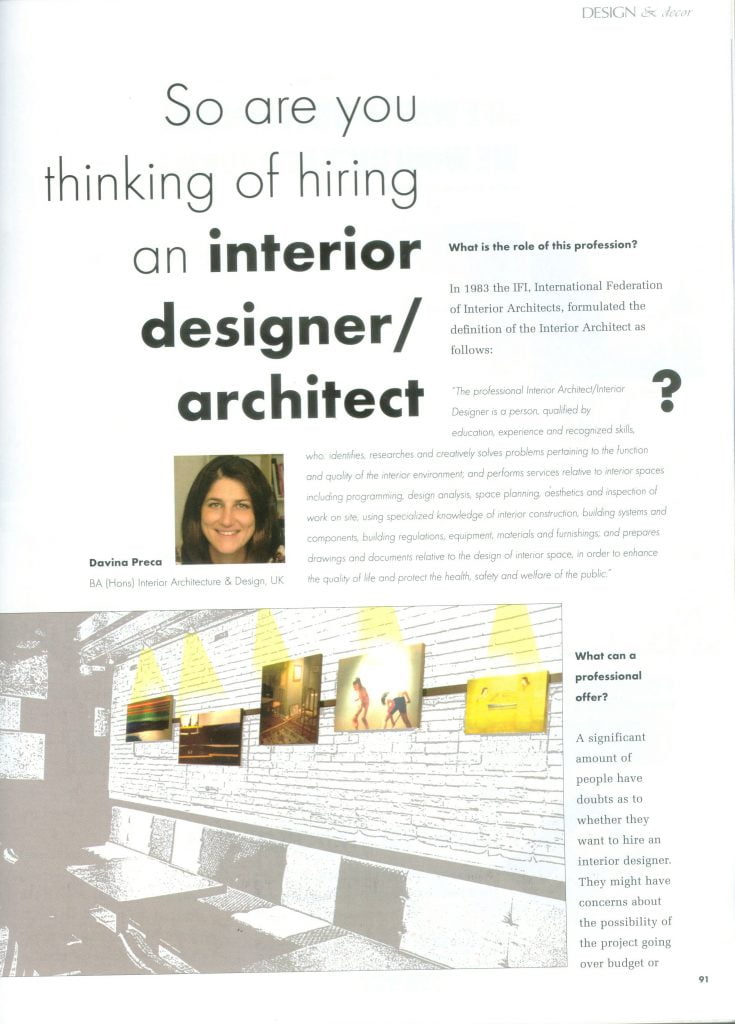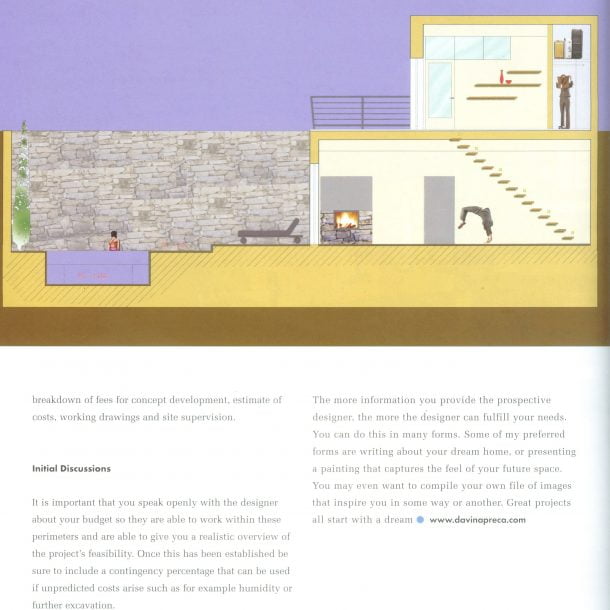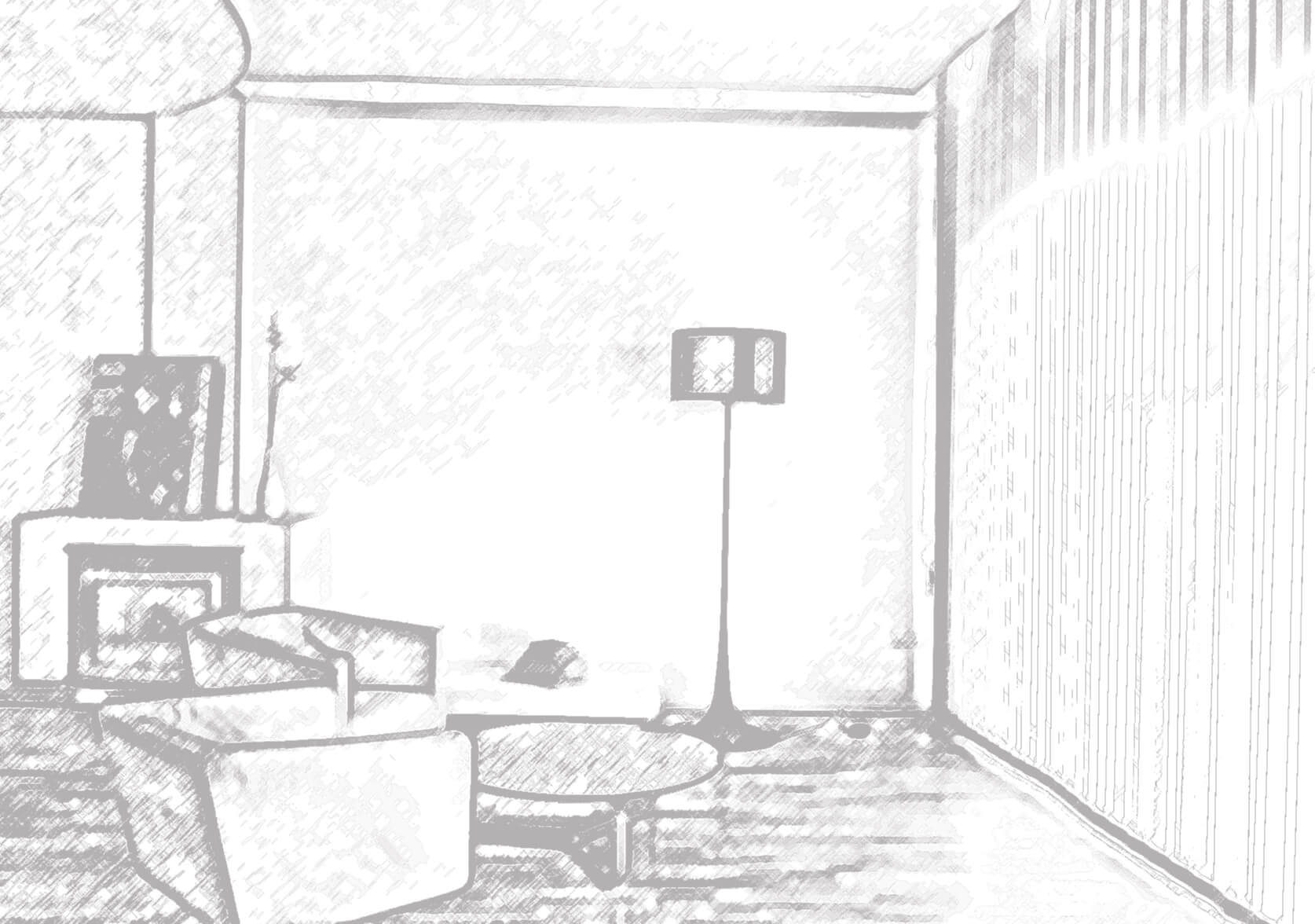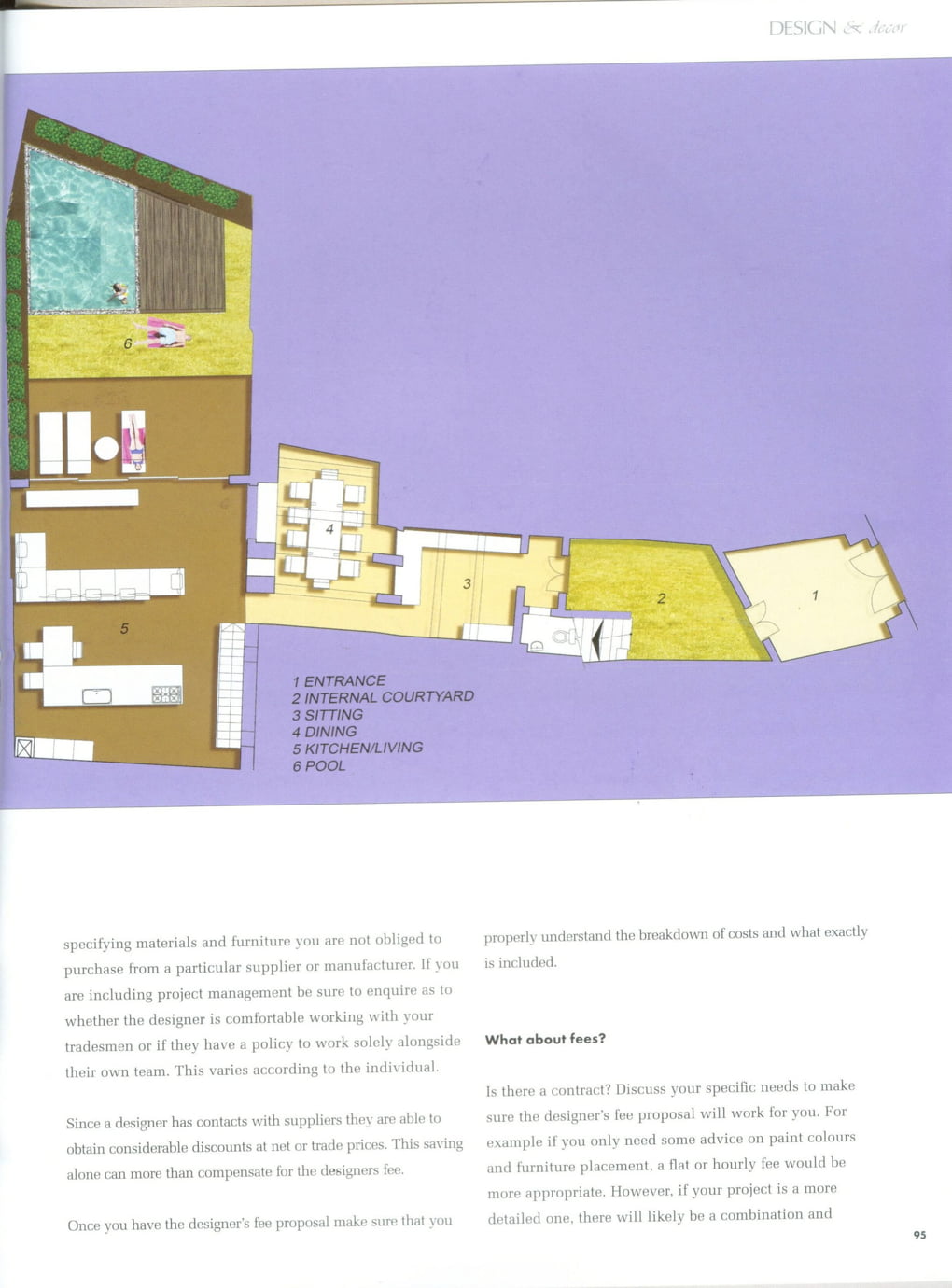Hiring an Interior Architect
So are you thinking of hiring an interior designer/architect?
What is the role of this profession?
In 1983 the IFI, International Federation of Interior Architects, formulated the definition of the Interior Architect as follows;
”The professional Interior Architect/Interior Designer is a person, qualified by
education, experience and recognized skills, who: identifies, researches and creatively solves problems pertaining to the function and quality of the interior environment; and performs services relative to interior spaces including programming, design analysis, space planning, aesthetics and inspection of work on site, using specialized knowledge of interior construction, building systems and components, building regulations, equipment, materials and furnishings; and
prepares drawings and documents relative to the design of interior space, in
order to enhance the quality of life and protect the health, safety and welfare of
the public.”
What can a professional offer?
A significant amount of people have doubts as to whether they want to hire an interior designer. They might have concerns of the possibility that the project goes over budget or that the finished product will not be what they anticipated.
I hope to put any fears at rest, as working with an interior designer should be a pleasant experience that will save you time and money, it will bring analytical and problem solving to the table. This is themed together with the ability to bring about a strategy to your design requirements. Moreover by hiring a designer you are adding value to your home, it is an investment that will guarantee a higher real estate worth.
Where do I start?
The first hurdle is finding a designer who is on your same wavelength, someone who will take the time to understand your needs and lifestyle and is willing to work with your budget.
However before you make a snap decision and hire the first designer that crosses your path, it would be useful to pause on some questions your potential designer may have for you at the first meeting.
Here are some pointers:
Decide on an outline for your time frame and budget?
What is the scope/aim for the project?
For whom is the space being designed? And what is its function, how is it going to be used?
How much advise do you require? Is it the spatial planning, specification of materials & colour selection or do you require an entire package including project management?
What extend is the ability of an Interior/Designer?
A qualified professional is trained to provide a range services and drawings. These could include construction/demolition plans, power plans, lighting/reflected ceiling plans, finish plans, furniture, fixtures, and equipment plans, data/voice telecommunication plans, elevations, sections, and details, interior building specifications, furniture specifications and finish schedules.
Selecting the individual
Ask to view previous projects, education and any relevant experience for your type of project. You will be working closely with this person for a possibly lengthy period of time, so be sure that you feel at ease communicating and expressing your requirements and ideas. The initial meeting is important to determine that the prospective designer takes the time to listen to your needs. Also that trust is established and your mind is at rest that when specifying materials and furniture you are not obliged to purchase from a particular supplier or manufacturer. If you are including project management be sure to enquire as to whether the designer is comfortable working with your tradesmen or if they have a policy to work solely alongside their own team, this varies according to the individual.
Since a designer has contacts with suppliers they are able to obtain considerable discounts at net or trade prices, this saving alone can more than compensate for the designers fee.
Once you have the designer’s fee proposal make sure that you properly understand the breakdown of costs and what exactly is included.
What about fees?
Is there a contract? Discuss your specific needs to make sure the designer’s fee proposal will work for you. For example if you only need some advice on paint colors and furniture placement, a flat or hourly fee would be more appropriate. However, if your project is a more detailed one, there will likely be a combination and breakdown of fees for concept development, estimate of costs, working drawings and site supervision.
Initial Discussions
It is of importance that you speak openly with the designer about your budget so they are able to work within these perimeters and are able to give you a realistic overview of the projects feasibility. Once this has been established be sure to include a contingency percentage that can be used if unpredicted costs arise such as for example humidity or further excavation.
Remember that this is your space and it should reflect your personality and lifestyle not that of the designer. Otherwise the result will be one that resembles and feels like a hotel room…so be firm and assertive that this space is about you.
The more information you provide the prospective designer, the more the designer can fulfill your needs. You can do this in many forms, some of my preferred forms are: writing about your dream home, presenting a painting that captures the feel of your future space. You may even want to compile your own file of images that inspire you in some way or another. Great projects all start with a dream.
Davina Preca
BA (Hons) Interior Architecture & Design, UK
Resources
European Charter of Interior Architecture Training. ECIA, European Council of Interior Architects. 15 September 2007, Amsterdam.
“Interior Design: the State of the Art”. Round Table Conference Singapore, 24 June 2006. IFI the International Federation of Interior Architects/Designers, 2007.







